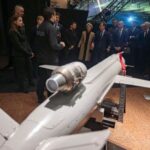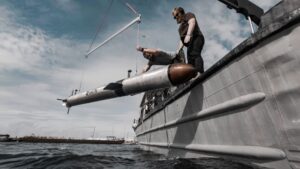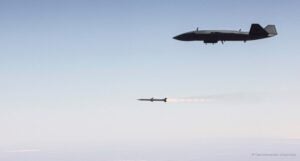
One of the Aerospace Industries Association's (AIA) 22 bullet point priorities for the fiscal 2025 defense authorization bill is to limit contracting officers in buying "not more than one lot of low-rate initial production (LRIP) end items using fixed price options" through an amendment to Title 10, Section 3322. That suggestion to congressional defense authorizers is one of five under the AIA heading, "Streamline the Acquisition Process." On April 25, DoD implemented a final rule to enact Section 808 of…














